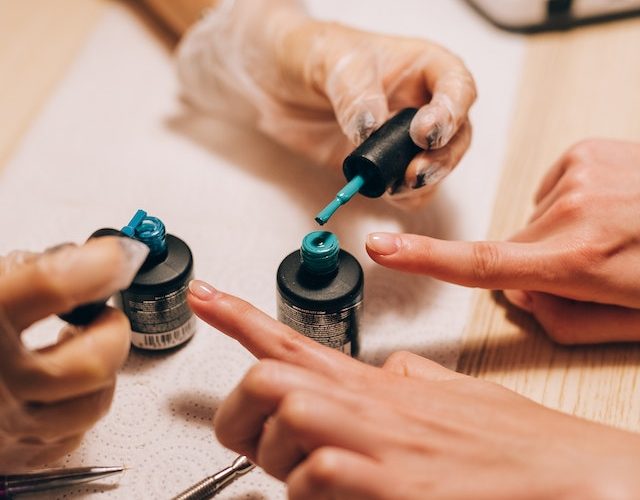In the world of beauty and self-care, a fresh manicure can be a source of joy and confidence for many individuals. From bold and vibrant hues to subtle and sophisticated shades, nail polish allows us to express our personality and add that finishing touch to our overall look. However, there is an unfortunate reality that many nail polish enthusiasts have experienced firsthand: the short-lived nature of their perfectly painted nails. Today, we delve into the sad truth behind the fleeting beauty of nail polish.
We’ve all been there – meticulously selecting the perfect color, carefully applying multiple coats, and eagerly admiring our flawless nails, only to be disappointed when the polish starts chipping within a matter of days, or sometimes even hours. It seems like a cruel joke, leaving us wondering why our beautiful manicure couldn’t last longer.
The truth is that the longevity of nail polish is influenced by various factors, from the quality of the product itself to our daily activities and lifestyle choices. One of the main culprits behind short-lived nail polish is the lack of durability in certain formulas. Cheaper or low-quality nail polishes often contain fewer ingredients that promote long-lasting wear, making them more prone to chipping and fading.
Furthermore, our daily routines can take a toll on our manicures. Household chores, typing on keyboards, and even something as simple as opening a can of soda can cause friction and lead to polish chipping. Additionally, exposure to water, especially during activities such as washing dishes or swimming, can weaken the polish and contribute to its premature deterioration.
But it’s not all doom and gloom for nail polish enthusiasts. There are steps you can take to extend the life of your manicure. Applying a base coat before the color can provide a smoother surface for the polish to adhere to, reducing the risk of chipping. Similarly, sealing your manicure with a top coat adds an extra layer of protection, enhancing its longevity.
Another factor to consider is the application technique. Thinner coats of polish tend to dry faster and are less likely to chip than thicker ones. Taking the time to properly prep your nails by removing any oils or residue and ensuring they are dry before applying the polish can also make a difference.
Additionally, advancements in nail polish technology have led to the development of longer-lasting formulas. Gel polishes, for instance, offer extended wear and resistance to chipping. However, it’s important to note that gel polishes require specific application and removal procedures, often involving UV or LED lamps and acetone-based removers.
As consumers, it is crucial to be informed and discerning when selecting nail polishes. Reading product reviews, checking the brand’s reputation, and opting for high-quality formulas can greatly impact the longevity and overall satisfaction of your manicure. Supporting brands that prioritize durability and longevity can also send a message to the industry that consumers value products that live up to their promises.
Ultimately, it’s important to remember that while nail polish may not last as long as we’d like, its fleeting nature shouldn’t overshadow the enjoyment and self-expression it brings. A beautiful manicure, even if short-lived, can still be a moment of self-care and a form of creativity.
So, the next time your manicure begins to chip, take a deep breath, embrace the imperfection, and consider it a reminder that beauty, like life itself, is transient. It’s about enjoying the process, embracing the moments of joy, and finding beauty in the little things, regardless of how long they last.












